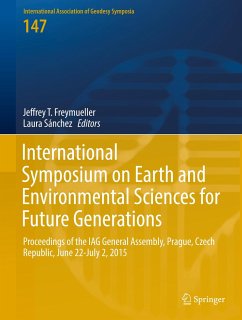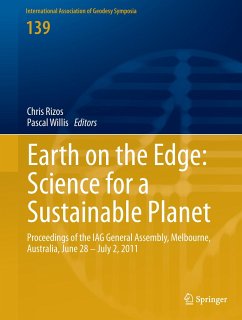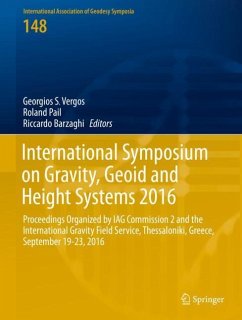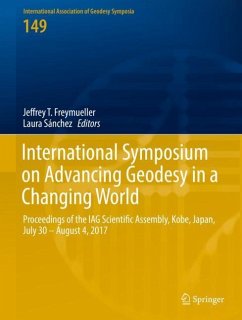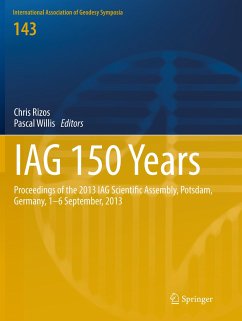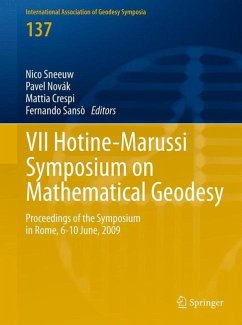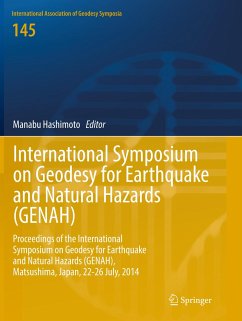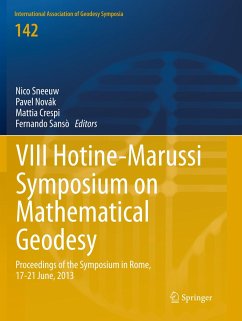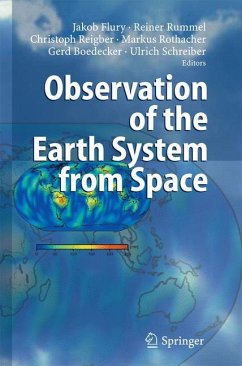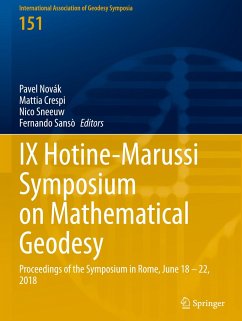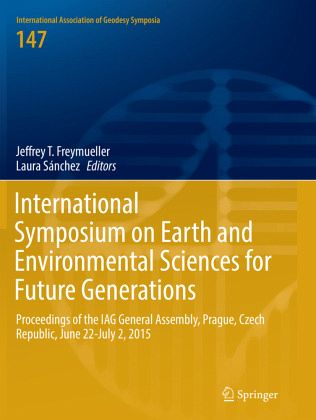
International Symposium on Earth and Environmental Sciences for Future Generations
Proceedings of the IAG General Assembly, Prague, Czech Republic, June 22- July 2, 2015
Herausgegeben: Freymueller, Jeffrey T.; Sánchez, Laura
Versandkostenfrei!
Versandfertig in 6-10 Tagen
151,99 €
inkl. MwSt.

PAYBACK Punkte
76 °P sammeln!
This book series is composed of peer-reviewed proceedings of selected symposia organized by the International Association of Geodesy. It deals primarily with topics related to Geodesy Earth Sciences : terrestrial reference frame, Earth gravity field, Geodynamics and Earth rotation, Positioning and engineering applications.





